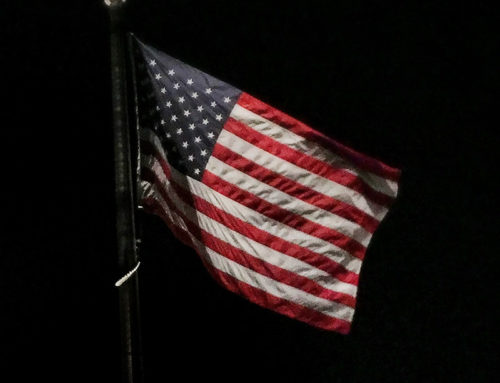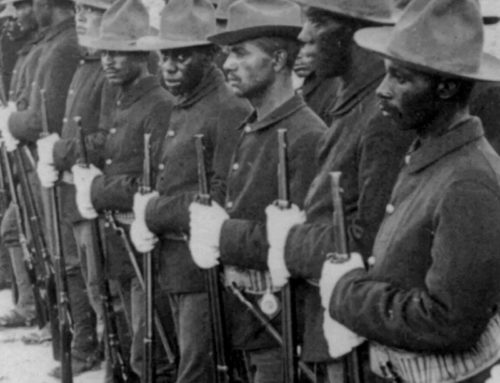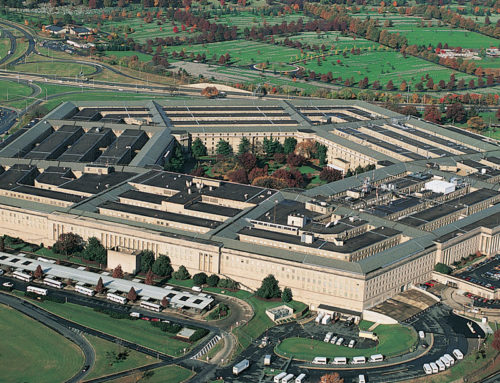This is our Opinion piece follow-up to one published on April 7, 2020. There has been much discussion about the actions taken by the USS Theodore Roosevelt’s skipper to protect his crew and his adherence to the military’s time-honored requirement to “follow the chain of command”.
For over 50 yrs, I have been involved with military chains of command, both great and terrible. As with metal chains, they go up and down: they are only as good as the weakest link(s). I commanded a chain whose weakest link was both the first link, (drill sergeants), while being in a longer chain where the fatal link was the Secretary of the Army, Togo West. He was aided and abetted by others in the chain who protected the brand, and themselves: I was the scapegoat. This lack of senior leadership accountability has contributed to institutionally tolerating approximately 500,000 victims of sexual misconduct in the military over the past 25 years.
In weak military chains in today’s environment, their order of priority is: (1) Me; (2) Mission; and, lastly, (3) People. Strong military chains have the exact opposite order: (1) People, (2) Mission, and finally (3) Me.
In my command experience, if you take care of your people by setting and enforcing the highest technical, tactical and ethical standards; training them to standard; rewarding good performance and correcting bad performance, they will get the mission done. And finally, the commander (the Me) will succeed.
Captain Crozier had his priorities absolutely spot on. As attested to by comments to our piece, the responses were on both side of the argument. For those who feel the “chain of command” is everything, our question is why didn’t the Captain’s senior leadership take full responsibility for their failed command judgement and actions?
Within a few days of the Captain’s relief, the Navy and DOD did made the changes that Captain Crozier had asked for in his communications up the chain of command. To date, his concerns have proven to be valid, pertinent to the problem and deserved strong leadership to enable him to protect his people AND protect the military readiness.
Yet there was almost no mention of the admirals above Crozier, to include the Strike Group Commander, the Fleet Commander and the Chief of Naval Operations. As well as the role played by the Sec. of Navy (we know about him), and Sec. of Defense Esper. It will be interesting to see what the Navy does in the Crozier case. What about the two-star who was Crozier’s first link and aboard the TR?
We suspect that the Navy investigation will conclude that Captain Crozier was improperly relieved because of real or perceived command influence. Whether he will be placed back in command is a big question mark – politics will drive that decision. The Rear Admiral who was on the TR will most likely be reprimanded and take the fall.
The real weakness will be tolerated. The rest of the chain will escape unscathed. We hope we are wrong, but this has been the standard modus operandi for decades.

Authored by:
Camilla Vance Shadley, RN and MG Robert D. Shadley (USA, Ret.)
Robert D. Shadley is a retired Army major general. Authored “The GAME: Unravelling a Military Sex Scandal”. Thirty-three year service, War Veteran.
Camilla Vance Shadley, RN is a survivor. Indecent assault from her late husband’s CG, a 4-star general. She is the daughter of former Secretary of State, Cyrus R. Vance, who also was Deputy Sec. of Defense, & Sec. of Army.




